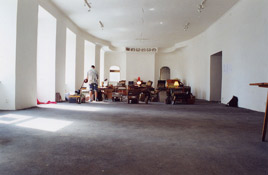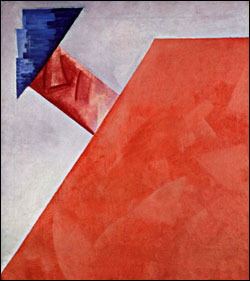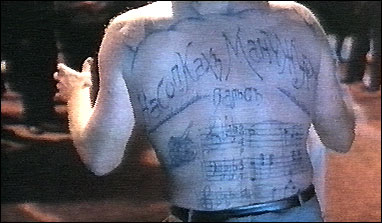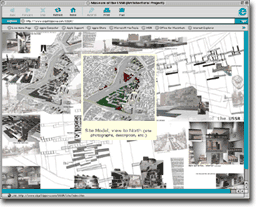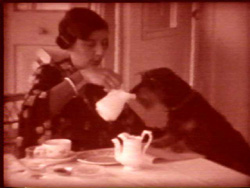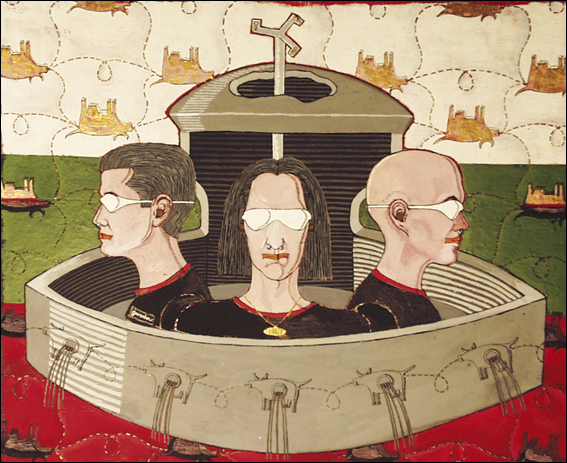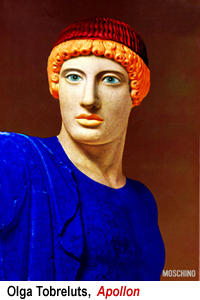Polar Bears on the Balkans
Let me begin my essay by telling a short anecdote: “Once upon a time, somewhere close to the North Pole, one baby polar bear asked his mother:
-Mommy, are you sure that I am a real polar bear?
-Yes, she answered.
-And all our family members are real polar bears as well?
-Absolutely, said she. Your father, me, your grandmothers and grandfathers, and all our relatives are real polar bears. But why do you ask?
-You know, he said, I trust you, of course. But why then do I feel so terribly cold?”
I would like to use this simple … Read more


